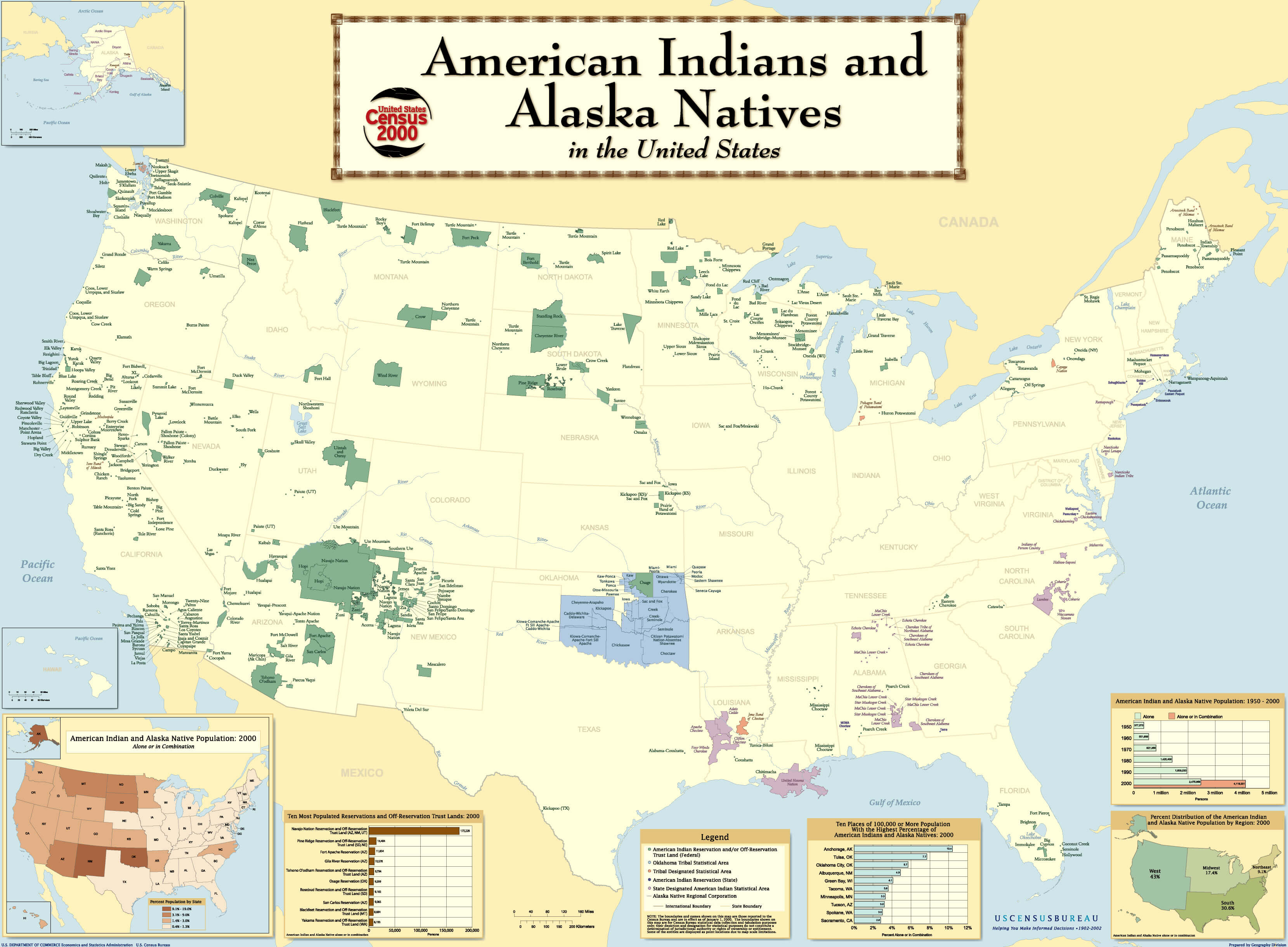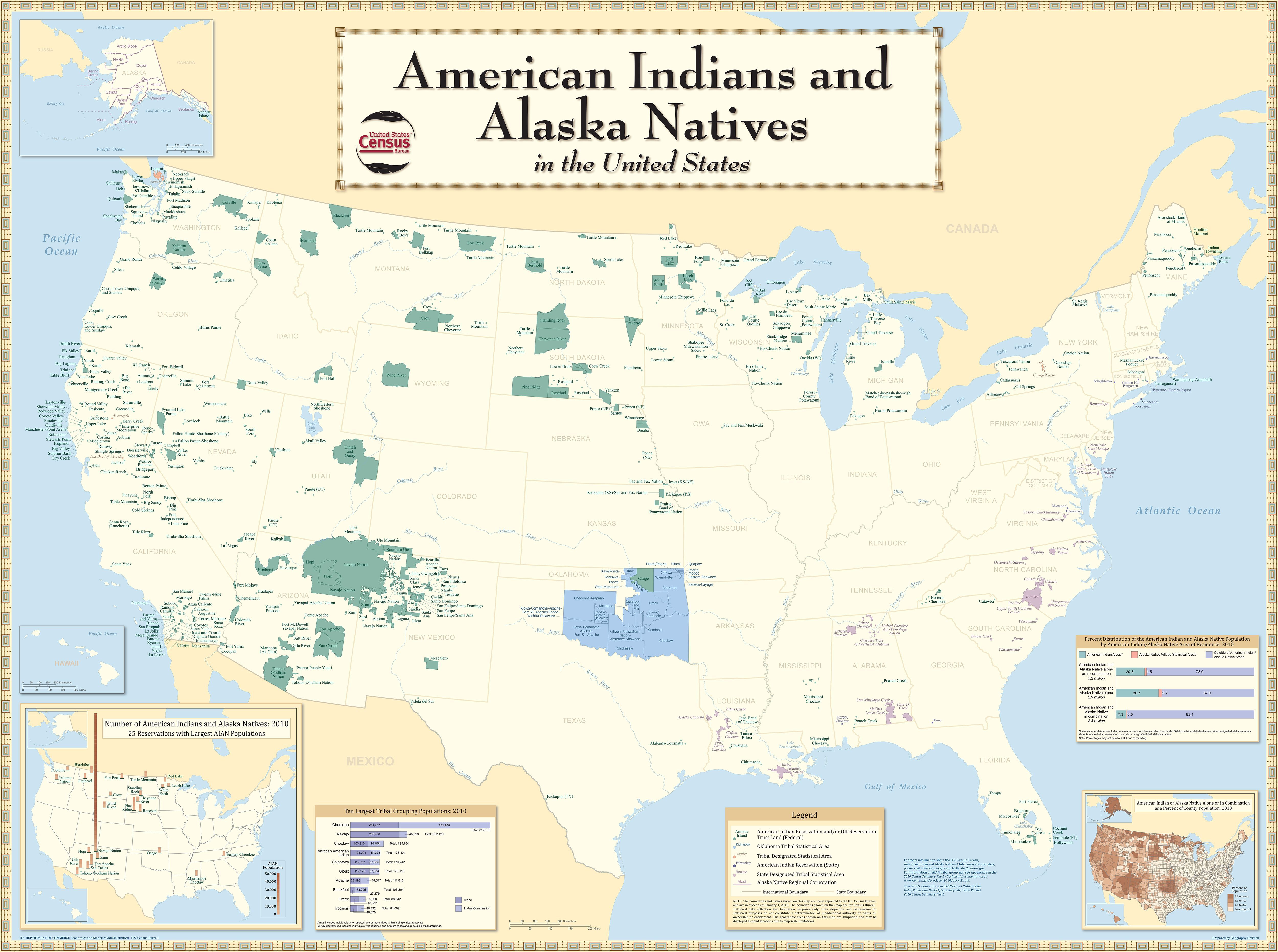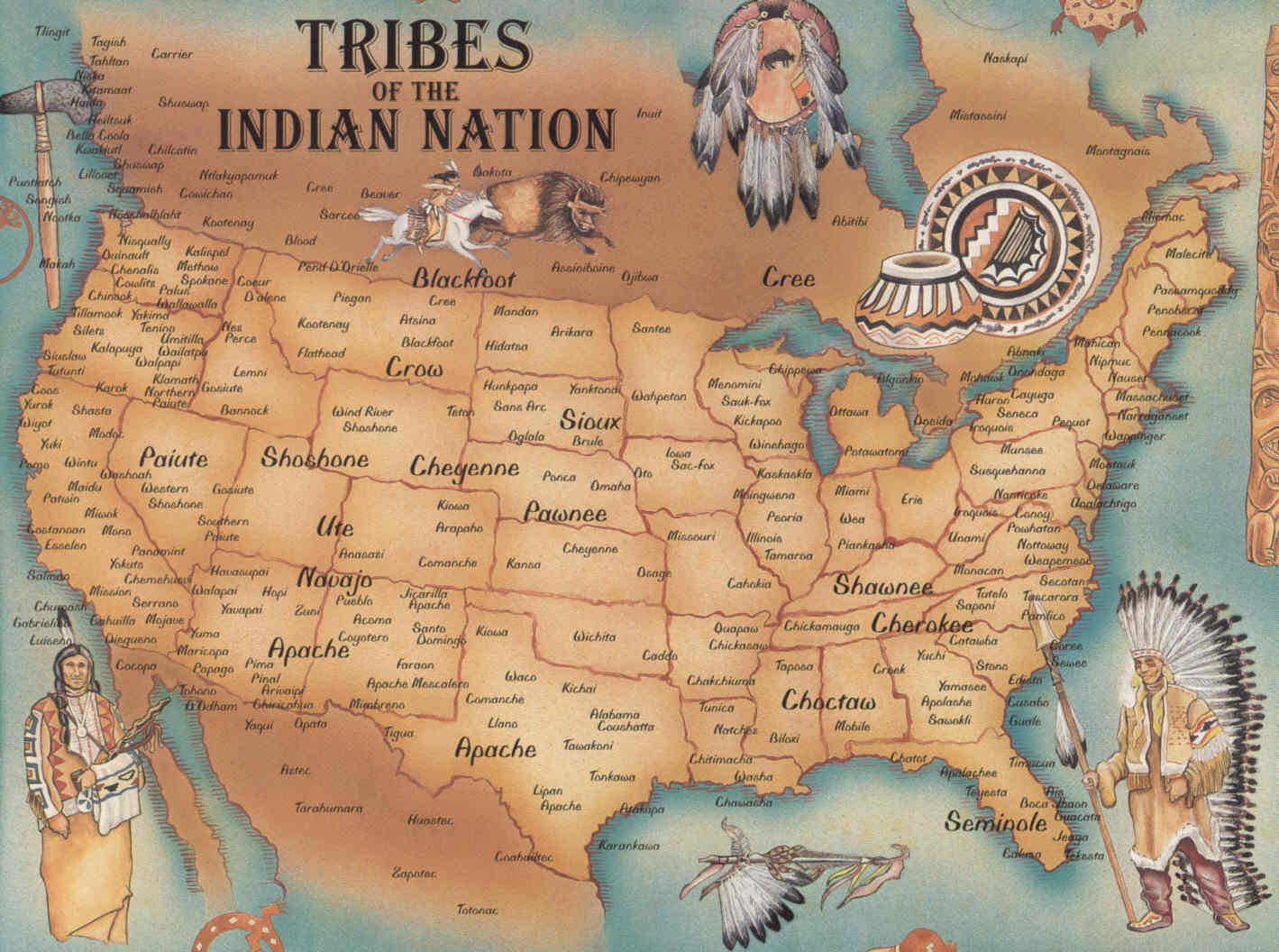Where in the World are They? Mapping the American Indian Reservations
Where in the World are They? Mapping the American Indian Reservations

You might think of the United States as a melting pot, a place where people from all over the world come together. And you’d be right! But what about the people who were here first? The Indigenous tribes who called this land home for centuries? They’re still here, too, and they’ve got their own unique stories to tell. One way they’ve maintained their traditions and culture is through reservations, designated areas of land set aside for their use.
But where exactly are these reservations? You might have heard of some, like the Navajo Nation in Arizona or the Pine Ridge Reservation in South Dakota, but there are actually hundreds scattered across the country.
Related Articles: Where in the World are They? Mapping the American Indian Reservations
- Unveiling the Heritage and Future of Indian Reservations in Oklahoma: A Map to Discover and Empower
- The Song That Echoes Through Time: Exploring The Power Of "Indian Reservation Song"
- Discover the Enchanting World of Indian Reservations in Arizona
- Unveiling California's Native American Heritage: Discover the Rich Tapestry of Tribes
- Unveiling the Enduring Legacy: A Journey into Native American Reservations Today
This article will take you on a journey through the United States, exploring the diverse landscape of American Indian reservations and the stories behind them. We’ll delve into their history, the challenges they face, and the amazing resilience and cultural richness that flourishes within their borders.
A Land of Many Nations
First things first, let’s clear up a common misconception. The term "Indian reservations" is actually a bit of a misnomer. It’s important to remember that there are over 570 federally recognized tribes in the U.S., each with its own unique language, culture, and history. So, while the term "reservation" is used, it’s crucial to understand that these lands represent a diverse tapestry of Indigenous communities.
The History of Reservations
The story of reservations is deeply intertwined with the history of colonization and displacement of Indigenous peoples. Starting in the 19th century, the U.S. government forced tribes onto smaller and smaller parcels of land, often far away from their traditional territories. This was done through a series of treaties, many of which were broken by the government, and through acts of violence and displacement.
The reservation system was designed to assimilate Indigenous peoples into mainstream American society, stripping them of their cultural practices and forcing them to adopt European ways of life. This policy was often brutal and ineffective, leading to widespread poverty, unemployment, and social problems on reservations.
The Present Day: Challenges and Resilience
Today, American Indian reservations face numerous challenges. Poverty, unemployment, and lack of access to quality education, healthcare, and clean water are all persistent issues. The legacy of historical trauma and systemic racism continues to impact the lives of many Indigenous people.

However, in the face of these challenges, Indigenous communities have shown incredible resilience and strength. They’ve fought to preserve their cultures, languages, and traditions. They’ve built strong communities based on shared values and a deep connection to the land. And they’re working tirelessly to address the social and economic issues that plague their reservations.
The Importance of Understanding Reservations
Understanding the history and present reality of American Indian reservations is crucial for a number of reasons. Firstly, it’s a matter of historical and social justice. We need to acknowledge the injustices that were inflicted on Indigenous peoples and work towards creating a more equitable future.
Secondly, understanding reservations is crucial for appreciating the rich cultural diversity of the United States. Indigenous cultures offer unique perspectives on art, music, language, and spirituality. By learning about these cultures, we can enrich our own understanding of the world.
A Journey Across the Land

Now, let’s embark on a journey across the United States, exploring some of the many reservations that dot the landscape:
The Southwest: Land of the Navajo Nation
The Navajo Nation, located in Arizona, New Mexico, and Utah, is the largest reservation in the United States. It’s home to a vibrant culture steeped in tradition, with a rich history of weaving, silversmithing, and storytelling. The Navajo people have successfully resisted assimilation and have preserved their language and culture. They’re also known for their stunning landscapes, including the iconic Monument Valley.
The Great Plains: The Lakota Nation and the Pine Ridge Reservation
The Pine Ridge Reservation in South Dakota is home to the Lakota people, one of the most well-known tribes in the United States. Their history is intertwined with the story of the American West, including the tragic events at Wounded Knee. The Pine Ridge Reservation has faced significant challenges, but the Lakota people have shown incredible resilience and continue to fight for their rights and self-determination.

The Pacific Northwest: The Quinault Indian Nation and the Quinault Reservation
The Quinault Indian Nation, located on the Olympic Peninsula in Washington state, is a vibrant community with a deep connection to the land and the sea. They’re known for their fishing traditions and their beautiful coastal forests. The Quinault Reservation has faced challenges with logging and environmental issues, but the tribe has worked hard to protect their natural resources and their cultural heritage.
The Southeast: The Cherokee Nation and the Cherokee Nation Reservation
The Cherokee Nation, located in Oklahoma, is one of the largest and most well-known tribes in the Southeast. They have a rich history and a unique culture, including their own language, the Cherokee syllabary, and their traditional dances and ceremonies. The Cherokee Nation Reservation is home to a thriving community with a strong sense of identity and cultural pride.
The Alaska Native Lands: The Inupiat and the North Slope Borough
The Inupiat people, who live in the Arctic region of Alaska, are known for their traditional hunting and fishing practices, as well as their beautiful ivory carvings. The North Slope Borough, which encompasses a vast area of land in northern Alaska, is governed by a council of Inupiat elders. The Inupiat have faced challenges with climate change and the impacts of oil development, but they continue to fight for the preservation of their culture and their way of life.
The Diverse Tapestry of Reservations
These are just a few examples of the many reservations that exist across the United States. Each reservation has its own unique story, its own challenges, and its own triumphs. They’re a testament to the resilience and cultural richness of Indigenous peoples in the face of adversity.
Beyond the Reservations: A Movement for Indigenous Rights
The fight for Indigenous rights is not confined to reservations. Across the United States, Indigenous communities are working to reclaim their sovereignty, protect their cultural heritage, and address the social and economic inequalities they face.
The Importance of Education and Awareness
It’s important to remember that reservations are not just geographical locations; they’re living communities filled with people who have their own stories to tell. By learning about the history and present reality of American Indian reservations, we can gain a deeper understanding of the diverse tapestry of American society. We can also learn from the resilience and cultural richness of Indigenous communities and work towards creating a more just and equitable future for all.
FAQ: Where are the Indian Reservations in the United States?
Q: How many reservations are there in the United States?
A: There are over 326 federally recognized reservations in the United States, encompassing a diverse range of landscapes and cultures.
Q: Are there reservations in every state?
A: No, not every state has reservations. The majority of reservations are located in the Western and Southwestern states, but there are also reservations in the Southeast, Northeast, and Alaska.
Q: Can I visit a reservation?
A: Visiting a reservation can be a rewarding experience, allowing you to learn about Indigenous cultures and connect with the land. However, it’s important to be respectful of tribal sovereignty and customs. It’s best to contact the tribal government or a local tourism office to get information about visiting and respecting tribal protocols.
Q: How can I support Indigenous communities?
A: There are many ways to support Indigenous communities. You can:
- Learn about Indigenous history and culture.
- Support Indigenous businesses and artists.
- Advocate for Indigenous rights and self-determination.
- Donate to Indigenous organizations working to address social and economic issues.
Q: What are some resources for learning more about American Indian reservations?
A: There are many resources available for learning more about American Indian reservations:
- The National Congress of American Indians (NCAI): This organization represents over 570 federally recognized tribes.
- The American Indian Studies Center at UCLA: This center offers a wealth of information about Indigenous cultures and history.
- The National Museum of the American Indian: This museum in Washington, D.C., showcases the art, culture, and history of Indigenous peoples.
- Tribal websites: Many tribes have their own websites with information about their history, culture, and current initiatives.
Conclusion
The story of American Indian reservations is a complex one, filled with both tragedy and triumph. It’s a story of resilience, cultural richness, and the ongoing fight for self-determination. By understanding the history and present reality of reservations, we can learn from the past and work towards a more just and equitable future for all.
Closure
Thus, we hope this article has provided valuable insights into Where in the World are They? Mapping the American Indian Reservations. We hope you find this article informative and beneficial. See you in our next article!


